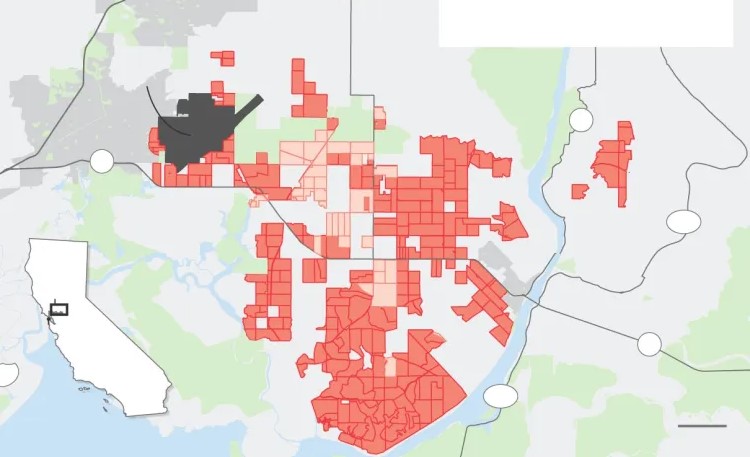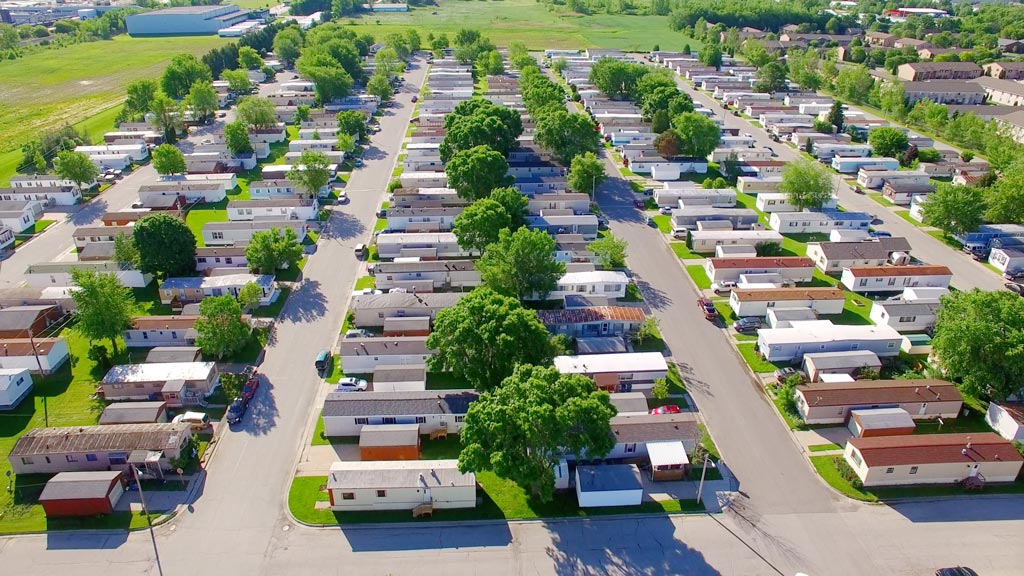Physical Address
304 North Cardinal St.
Dorchester Center, MA 02124
Physical Address
304 North Cardinal St.
Dorchester Center, MA 02124

Conor Dougherty and Erin Griffith revealed the identities behind a Silicon Valley investor group, Flannery Associates, that had gradually purchased 55,000 acres of ranchland near Travis Air Force Base in Solano County, California. Scale check: that’s a lot of land. San Francisco is 30,000 acres; San Jose is 116,000.
Earlier WSJ reporting includes a map of Flannery’s holdings, which are predictably a bit scattered. To zoom out and give a scale comparison, I outlined a 55,000 acre contiguous blob around the core of the Flannery holdings.


At the density of nearby Vacaville, this much land would be home to nearly 300,000 people. If it matched Oakland, it would be more than twice that.
Many, especially at the Charter Cities Institute, have written about new cities. But can a new city ever be truly “market urbanist”? Or is the intent to create a city necessarily an exercise in centralized planning?
Bizarrely, the one actor who could most purely create a market-driven city is the government: It could use eminent domain to assemble only the land needed for new infrastructure, tax all landowners fairly, and allow competition among landowners to compete via development and land use.
At the opposite extreme, when a profit-maximizing private actor owns all the land, it faces a unique form of the monopolist’s tradeoff: The longer it holds onto land, the higher price it can charge on sale, but the less that land contributes to urban growth. One way to sidestep this tradeoff is for the monopolist to develop land itself. But of course that concentrates risk, and the cost of development is at least a hundred times more than the land cost (which appears to have averaged about $16,000 per acre in Solano County).
So what’s a mega-landowner to do? I’d start by installing a handful of mobile home parks. Aside from creating some much-needed space for the large workforce that Flannery will need, residents on the site will serve as a weathervane. Their behavior – jobs, shopping, recreation – will show what amenities are already valued, and which are missing at the margin.
Flannery will need some Burnham-scale plans, especially if it hopes for a big exemption from California’s Kafkaesque environmental review law. But the logic of market urbanism should push a central planner toward marginal, halting, piecemeal actions – the kind of steps that are foundational to the growth and health of any city.
